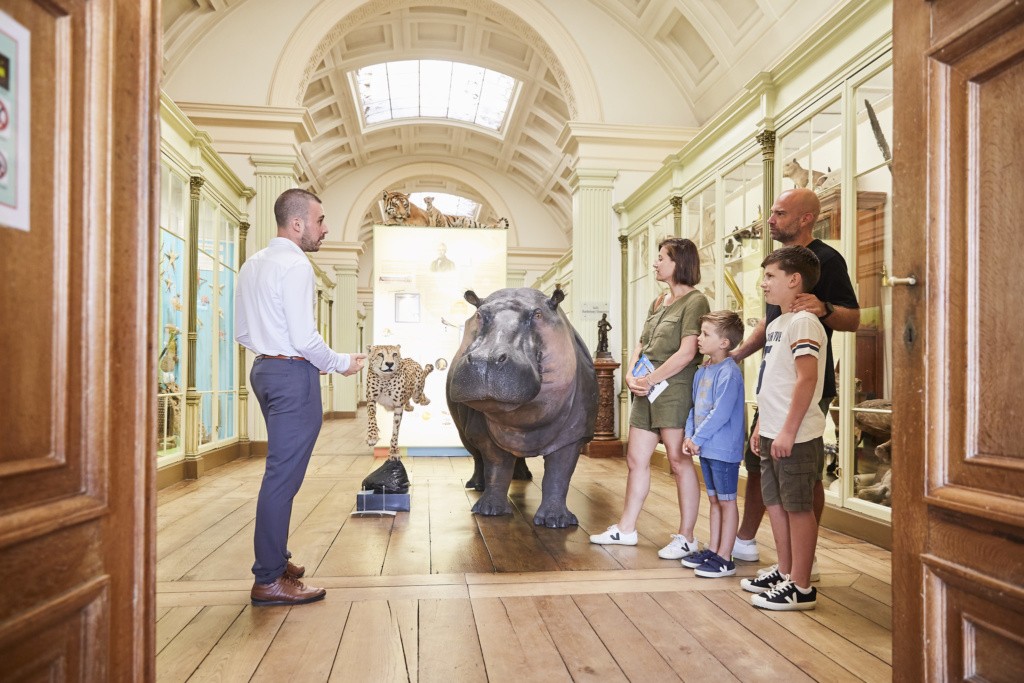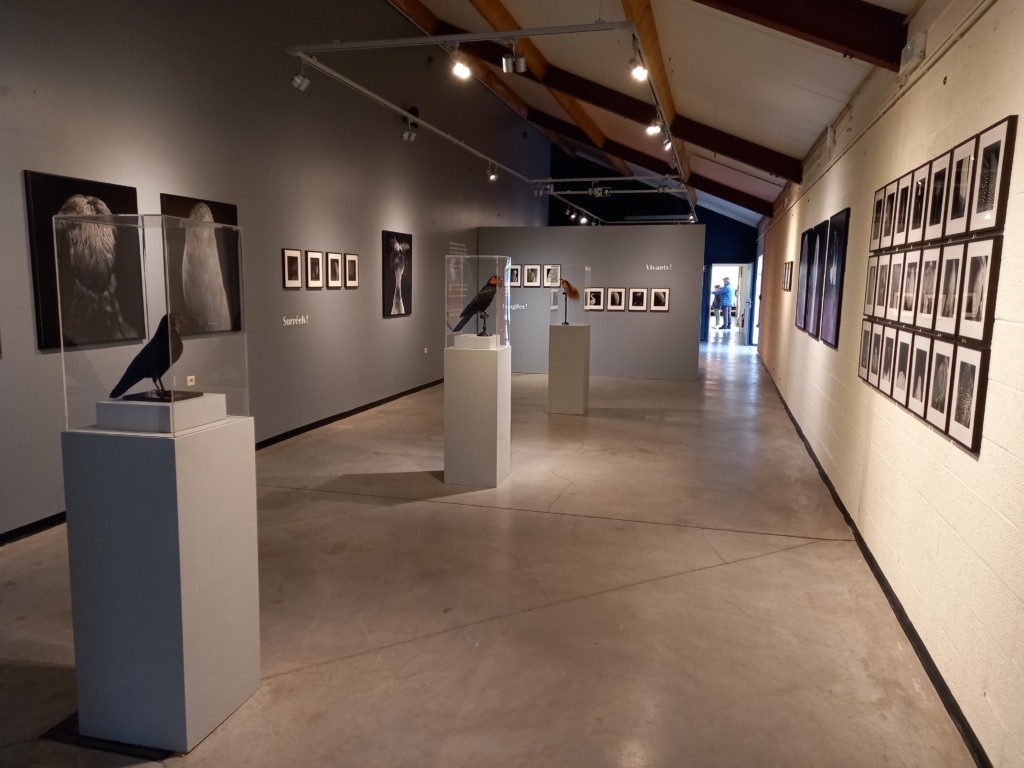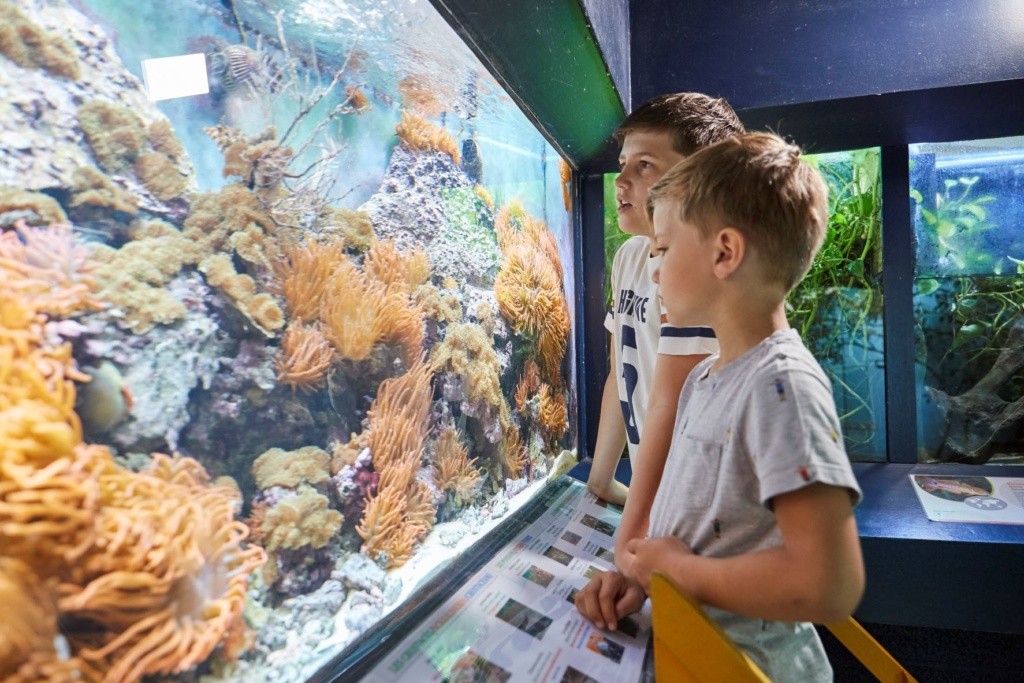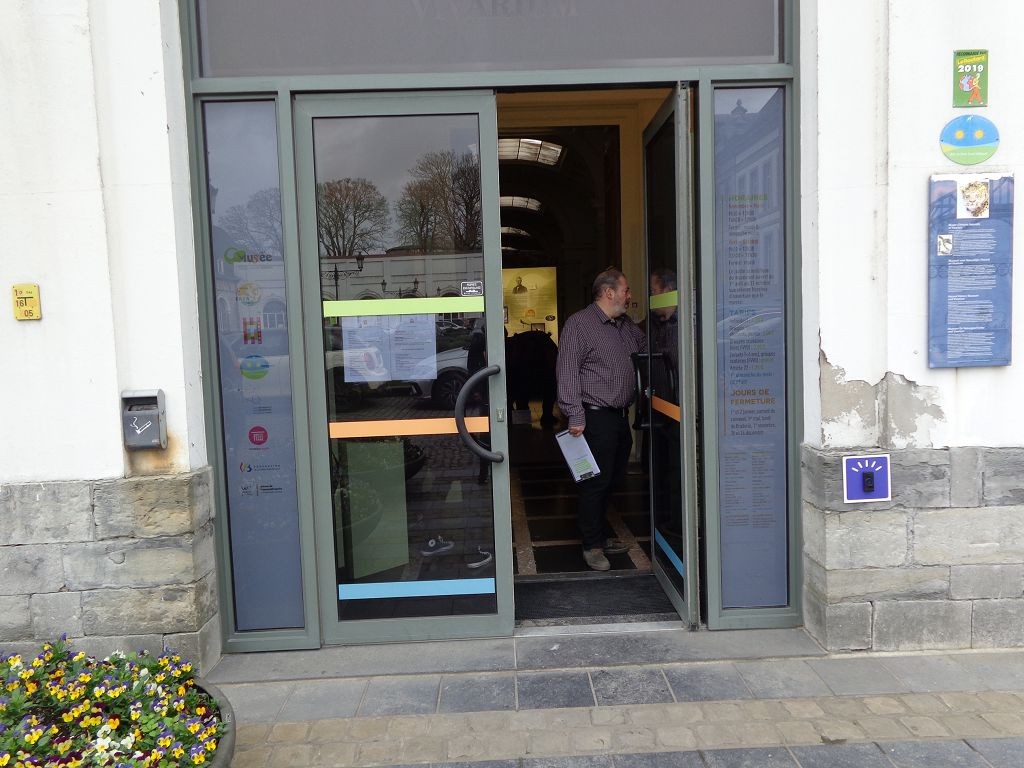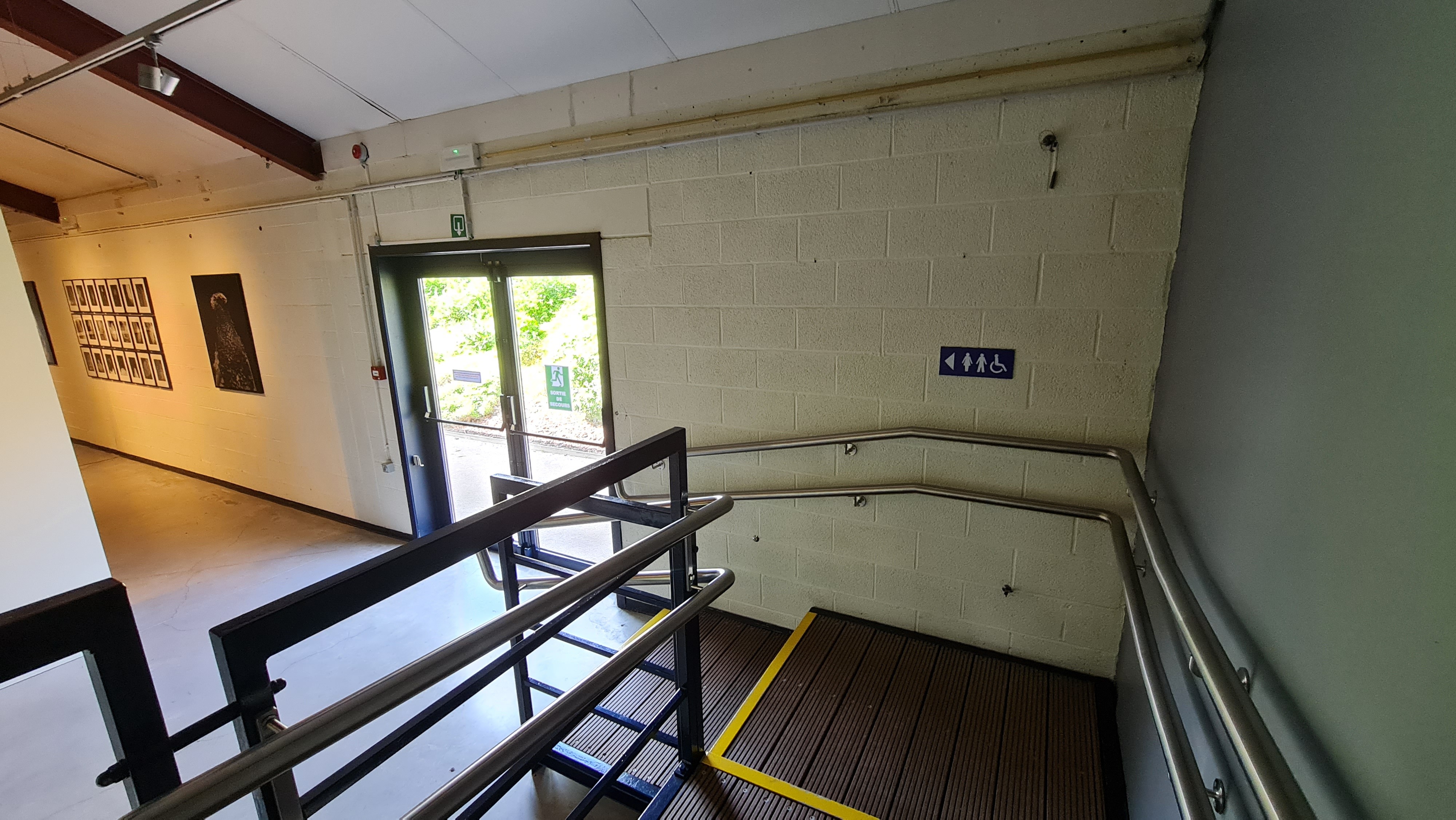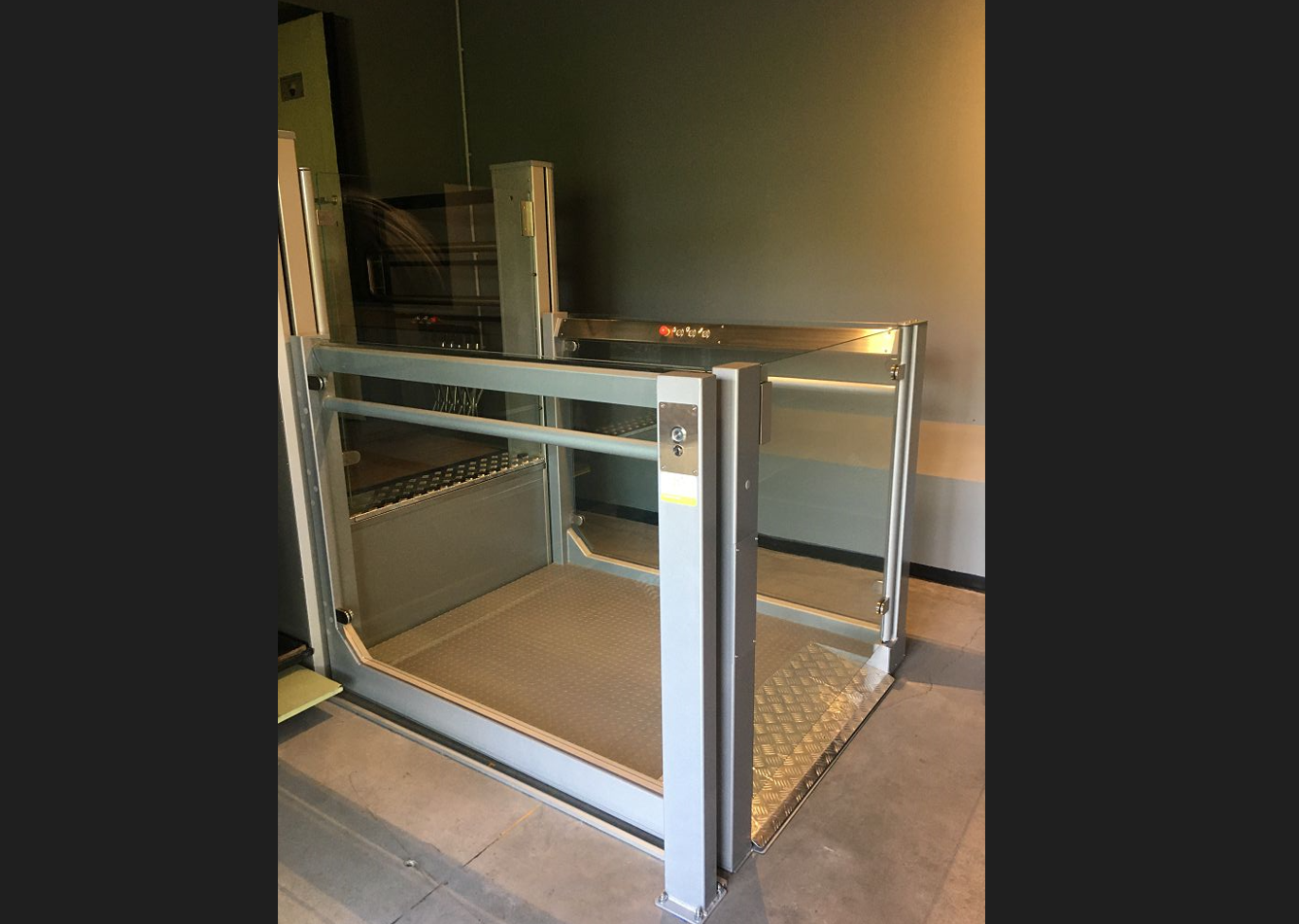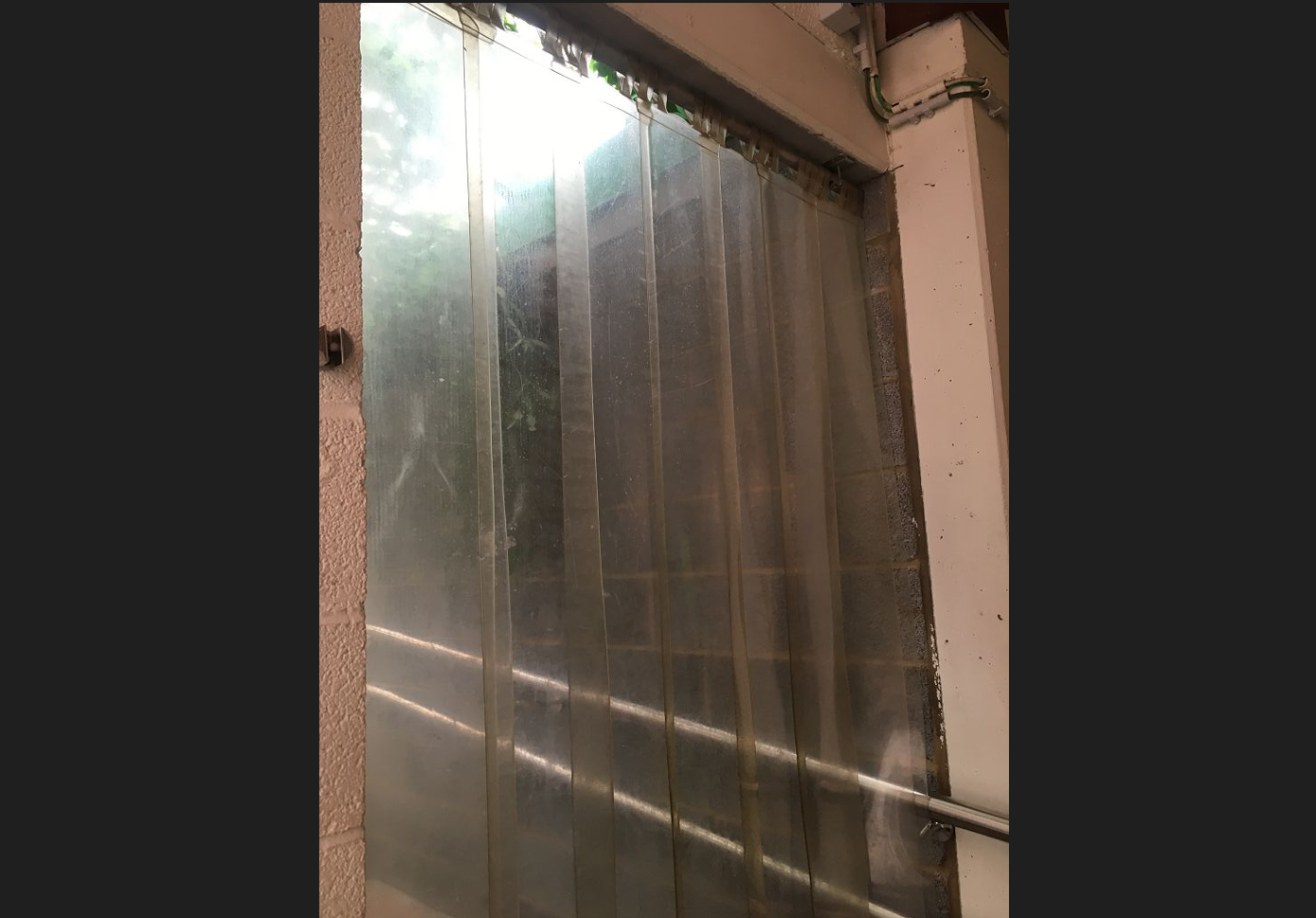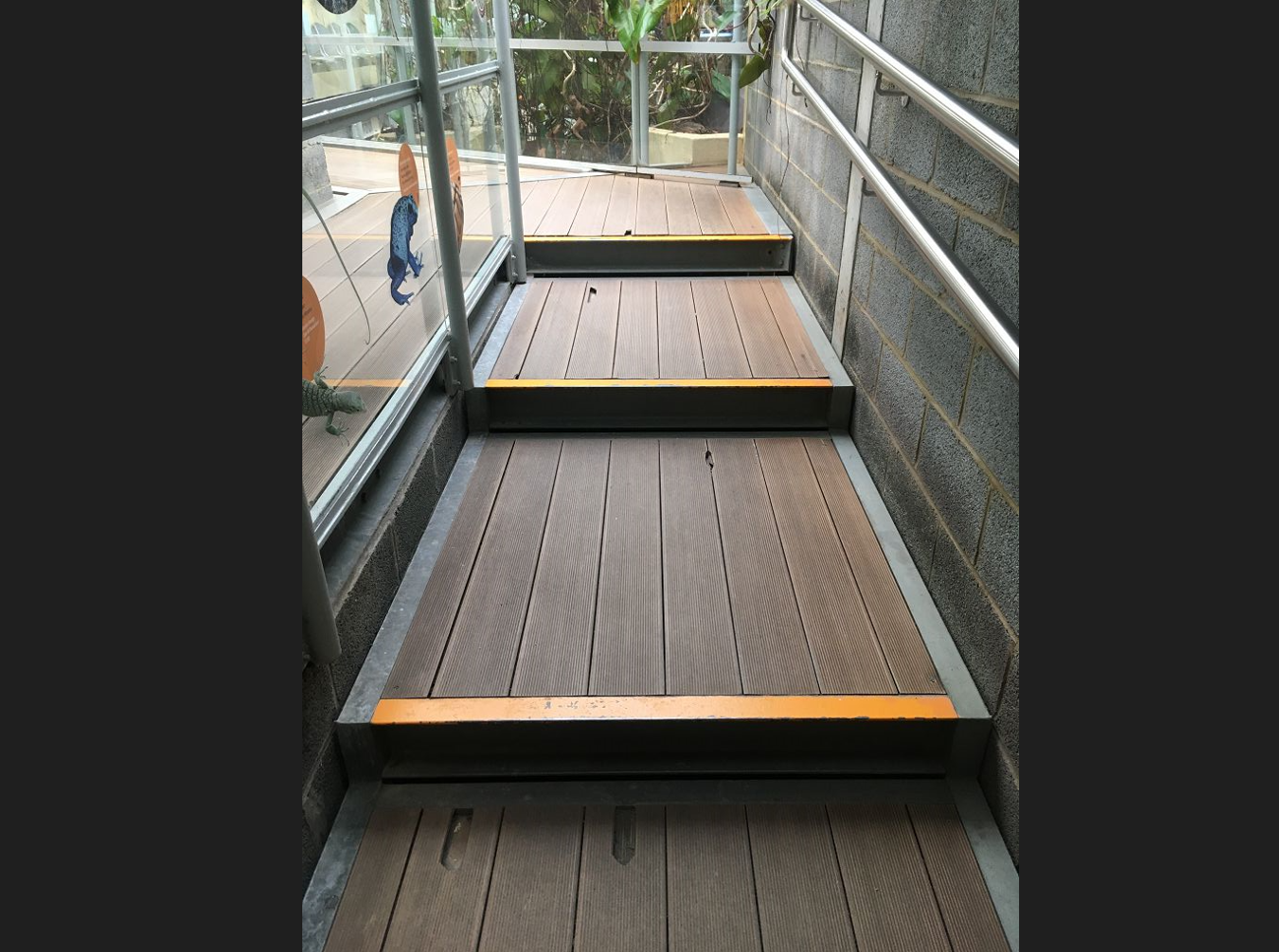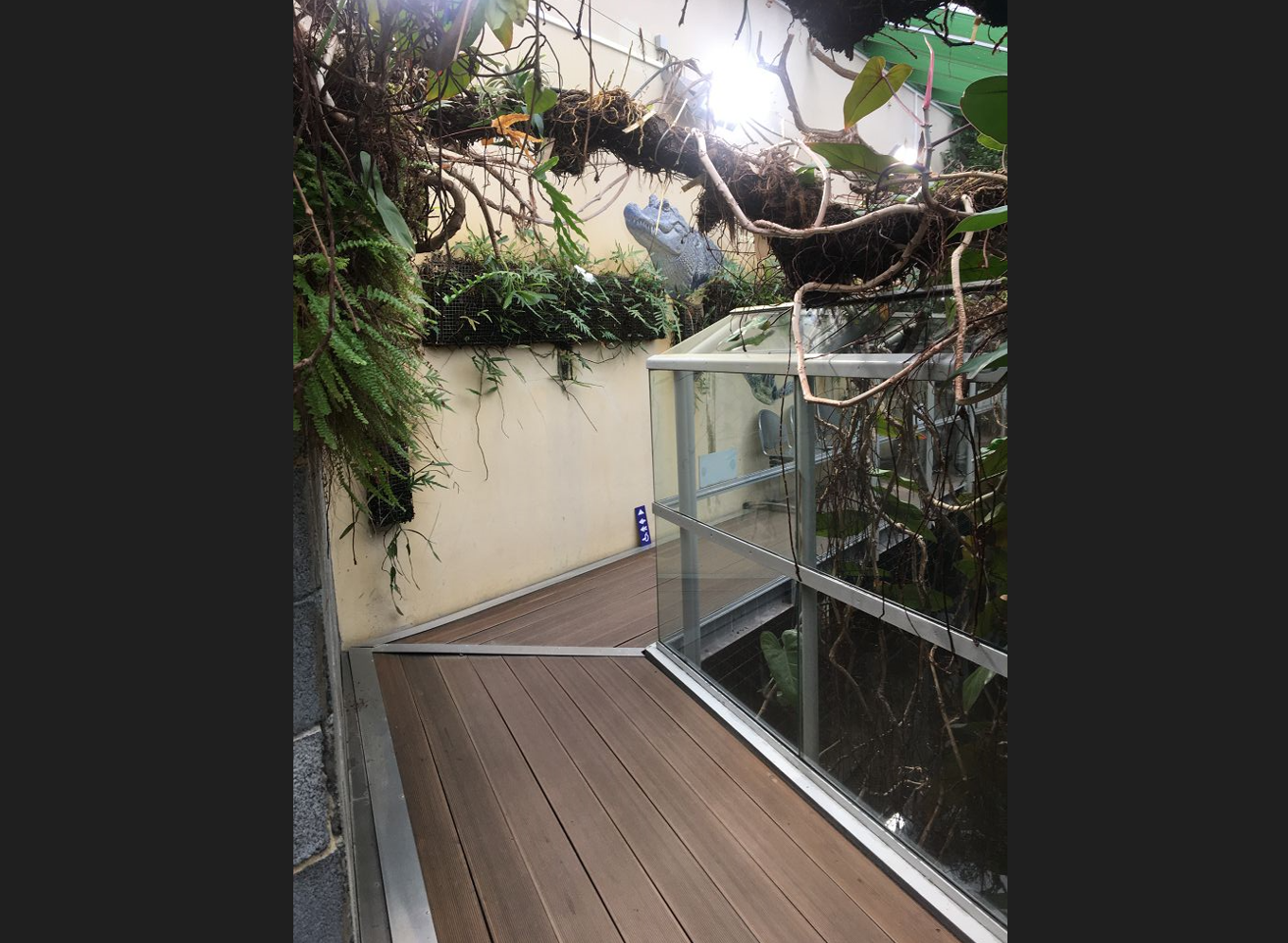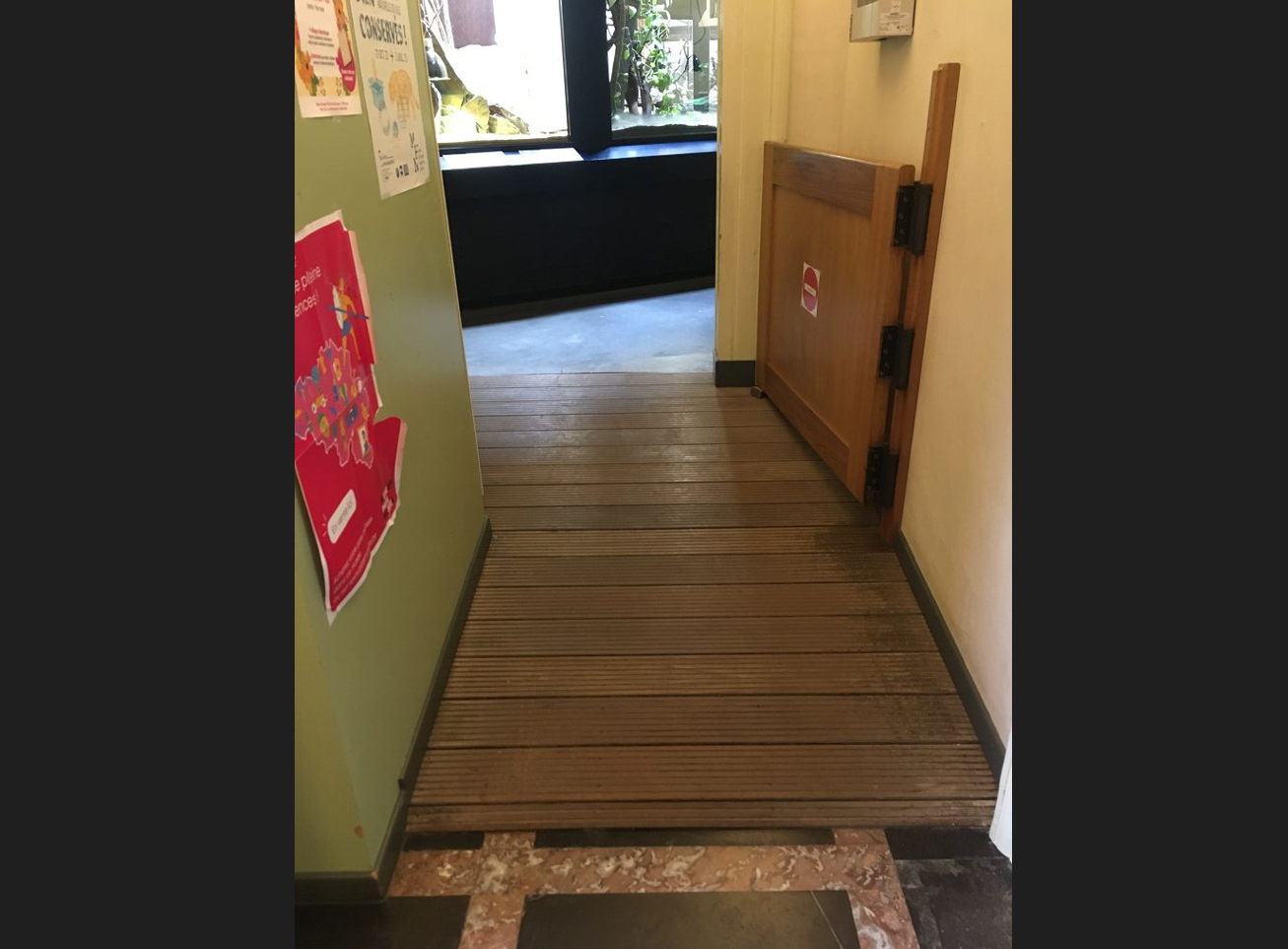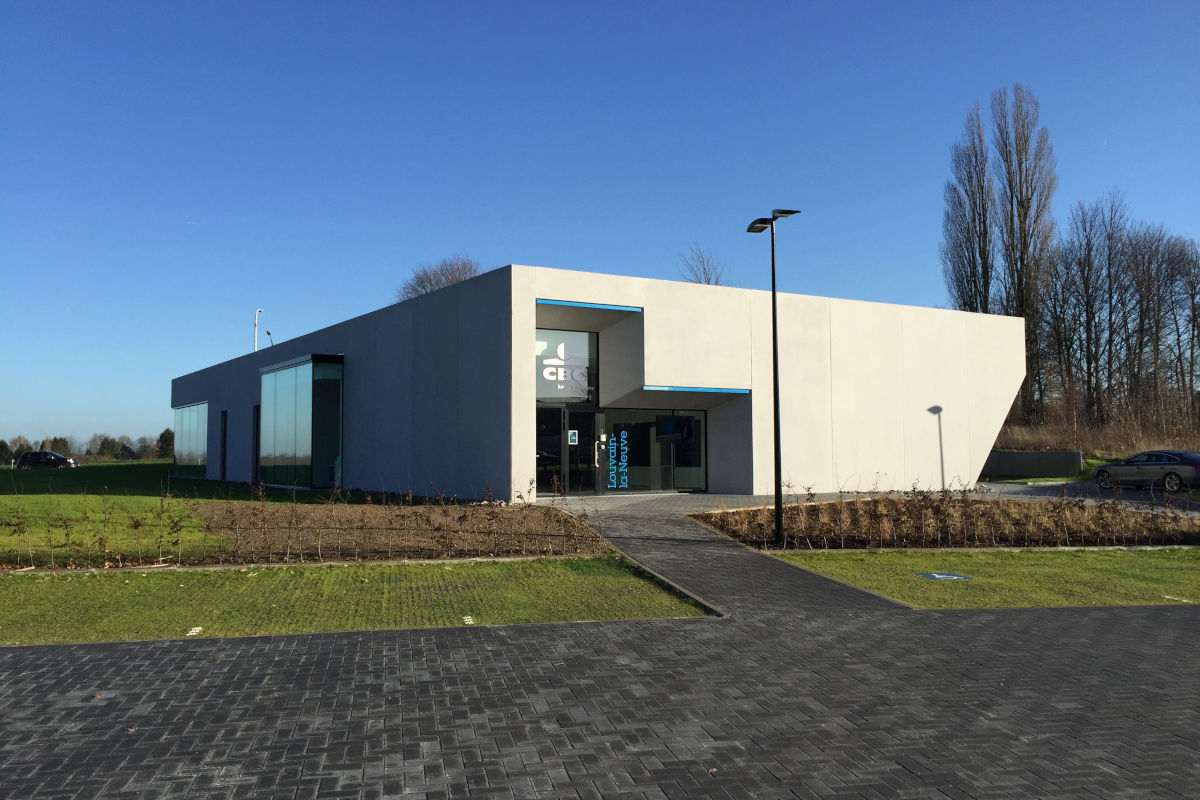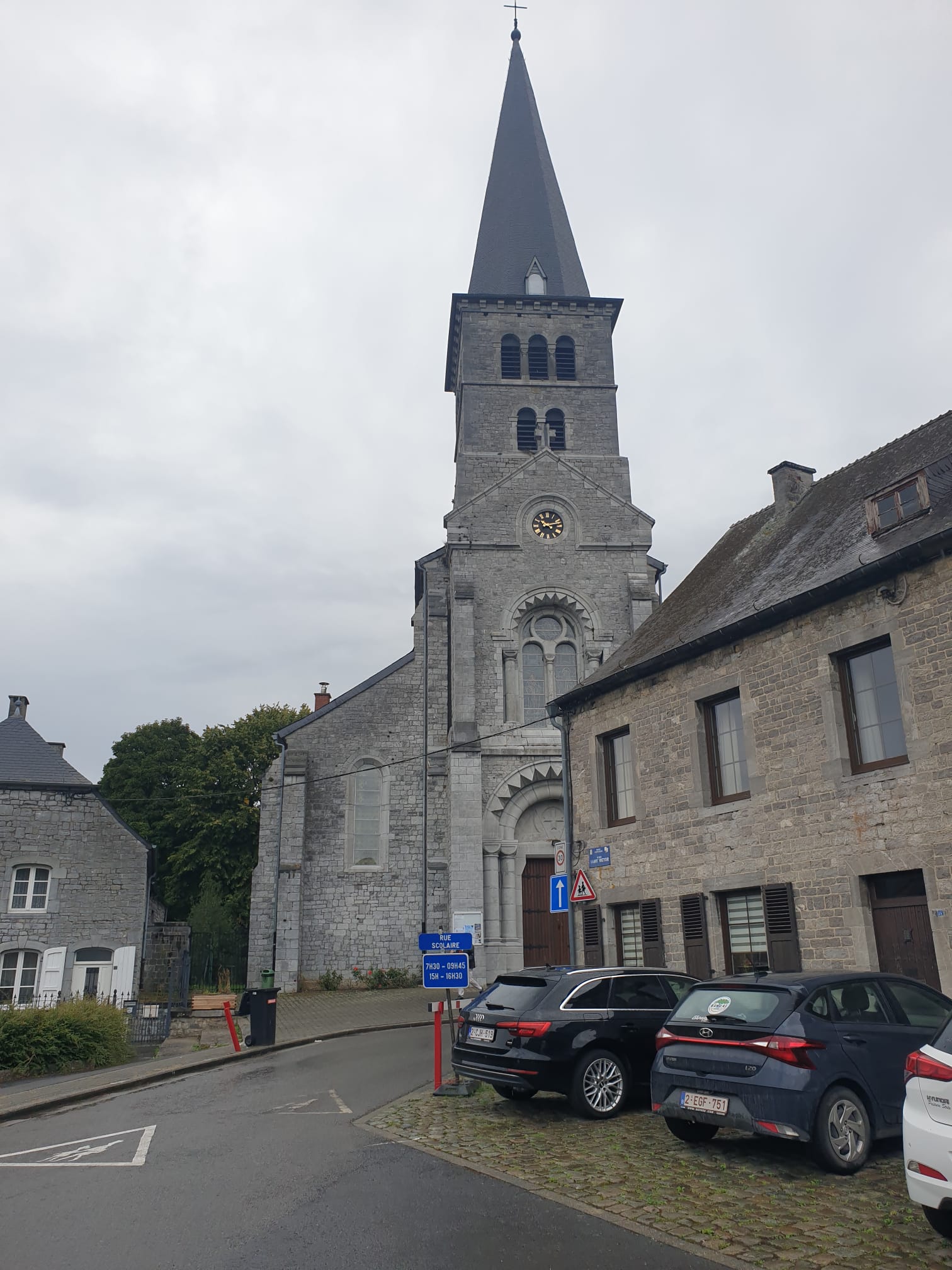The museum is located in the Cour d'Honneur (main courtyard) of the Town Hall.
A beautiful exhibition suitable for all ages, school groups, families, etc. Special tours are available on request, in partnership with the Tourist Office : interactive and fun walks, audio, tactile and olfactory tours.
The main gallery displays stuffed animals. The Vivarium exhibits live animals. Outside, you can enjoy a beautiful tour of the garden and the butterfly greenhouse.
Founded in 1828 during the Dutch period, this first museum in the country opened its doors to the public in 1829.
In 1839, the museum moved to a gallery and a square room designed by architect Bruno Renard at its current location, the former brewery of Saint-Martin Abbey. During its expansion and refurbishment, which was inaugurated in June 2001, the scenography took care to preserve the ‘cabinet of curiosities’, which immerses visitors in the atmosphere of 19th-century natural history cabinets, as well as a gallery of rare and extraordinary stuffed animals. Among other things, you can see the first elephant to arrive in Belgium in 1839, now recognised as a treasure by the Wallonia-Brussels Federation.
